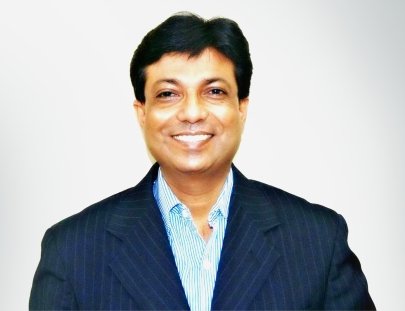
eXecutive Presence
From Churchill to Barack Obama, great leaders have inspired and influenced popular opinion throughout history. We might say that influence over others comes inevitably with political power. However, there are many exceptions that have nothing to do with politics.
Thought leaders like social activist Medha Patkar or Anna Hazare, for example, also exude the same innate attraction with effortless ease.
No wonder, they command legions of followers across the length and breadth of the country.
Is this ‘presence’ the preserve of a gifted few? Thankfully, it is a learnable skill. Business leaders, innovators, actors and sports personalities all have it to varying degrees. The impact, however, is invariably the same – raving fans, effusive media coverage and crores of rupees in endorsement deals.

Executive Presence – the ‘wow factor’ that can elevate YOU as a leader- is all about cultivating personal magnetism that is congruent with your role as a leader. It establishes you as a credible, reliable and confident Leader !!
So, what exactly is Executive Presence? At its core, Executive Presence is all about identifying with the leader within us and projecting it in our interactions with colleagues and bosses. It is a quality which allows us to influence outcomes. From the moment we first meet someone, how we are perceived and the response we get depends on:
- What we say.
- The conviction with which we say it, which is also called gravitas.
- Overall style and body language.
Used well, these three factors can greatly enhance our potential as a trusted leader.

Picture this: Vishal Gupta, a senior manager, is leading a delegation for a sales presentation that could be worth lakhs of rupees in potential sales. During the pitch, there are a series of unexpected objections that he encounters.
Vishal does not have the necessary data to make a definitive argument. His team is clearly under pressure. At this critical moment, he walks up to the centre of the room and in a clear tone of voice addresses the client.
Vishal tells them why he believes that his offer is the best fit for the client’s needs and asks for more time to provide additional data. The client relents and the deal is clinched.
In the example above, Executive Presence helps Vishal influence the outcome of a potentially difficult situation. By building rapport with the audience and staying calm under pressure, he is able to communicate effectively and retain the client’s trust.
However, style without substance is never authentic. To fully step into our Executive Presence, we need to inculcate true gravitas or authority. Doing this can help us build engaged relationships with clients and customers for the long term.

How do I develop Executive Presence?
Style
Self-confidence is the first step to success. It is a well known fact that our body language or physiology affects our attitude as much as the external situation we are in.
Making open hand gestures, maintaining eye contact and smiling often can put people at ease. It can set the tone for productive and amicable interactions.
Ask for feedback from colleagues on how approachable they find you to be. Be open to any feedback provided. It will help build a fresh perspective on how effectively you interact with colleagues.
It is not just what we say that matters
Connecting with others is as much about listening as speaking. It is common for us to be engaged in an inner dialogue even as the other person is speaking. The brain can only process up to 7 inputs at a time. These inputs could be words, body language, touch etc. Listen well to be understood well.
To help us be more receptive to others, it is useful to maintain steady eye contact. We can even visualize the person as a past colleague or friend we have not met in a long time.
Understanding the subtle nuances of body language can help us create rapport and improve our relationships in the workplace and beyond.
Build gravitas
A key aspect of succeeding as a leader is cultivating a strong room presence. A survey shows that people naturally gravitate towards individuals that have a clear voice, maintain steady eye contact and smile often. We also build authority by how well we react under pressure.
While we may routinely face challenging situations, doing a self-assessment to understand how to respond better in future can also help. Consulting a professional coach can help us develop our ability to be resourceful in a stressful situation.
Executive Presence is not about asserting our authority. It involves encouraging open communication, being personable and being solution oriented in a crisis. These attributes separate the leaders from the bosses, creating followers out of subordinates.







